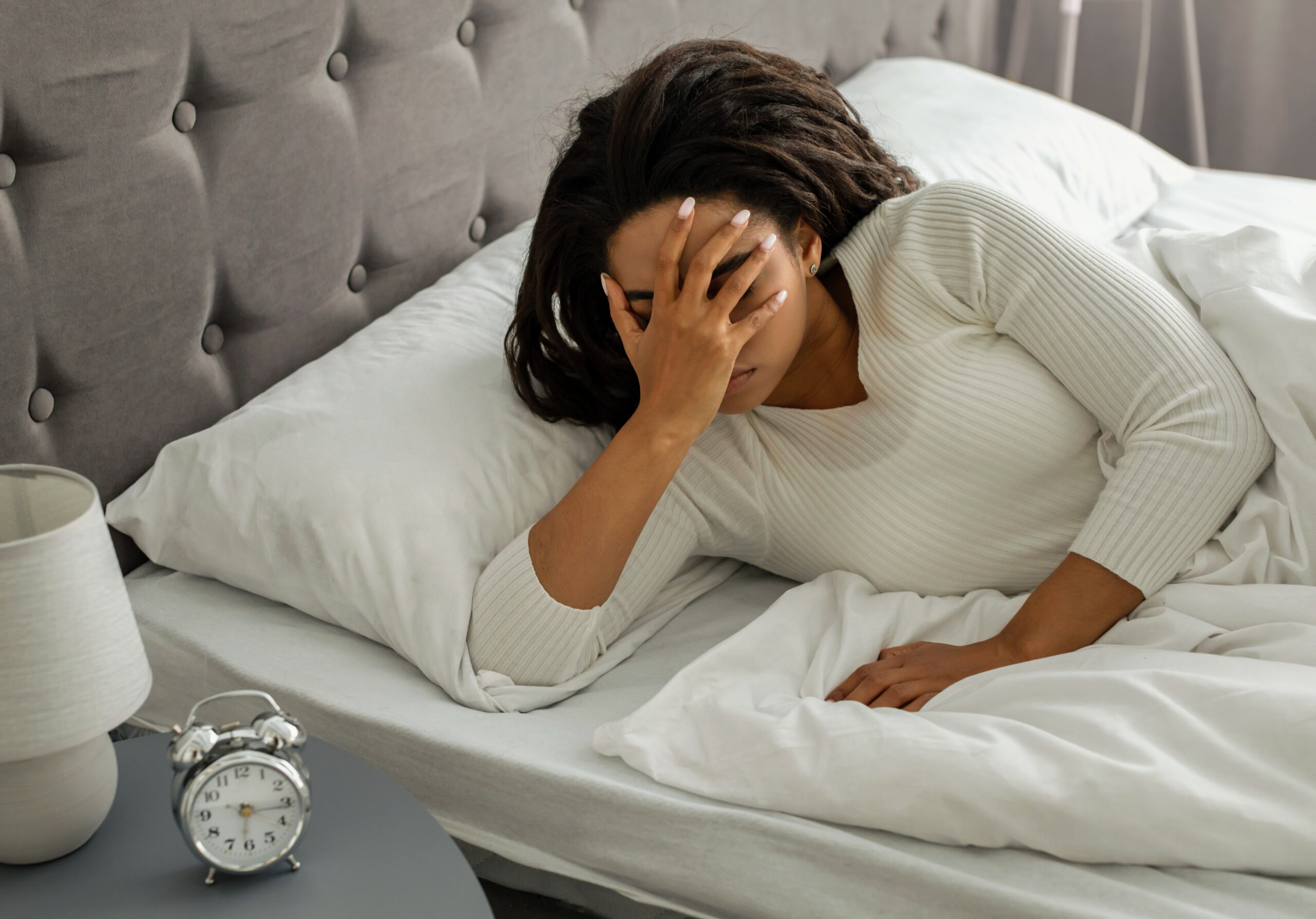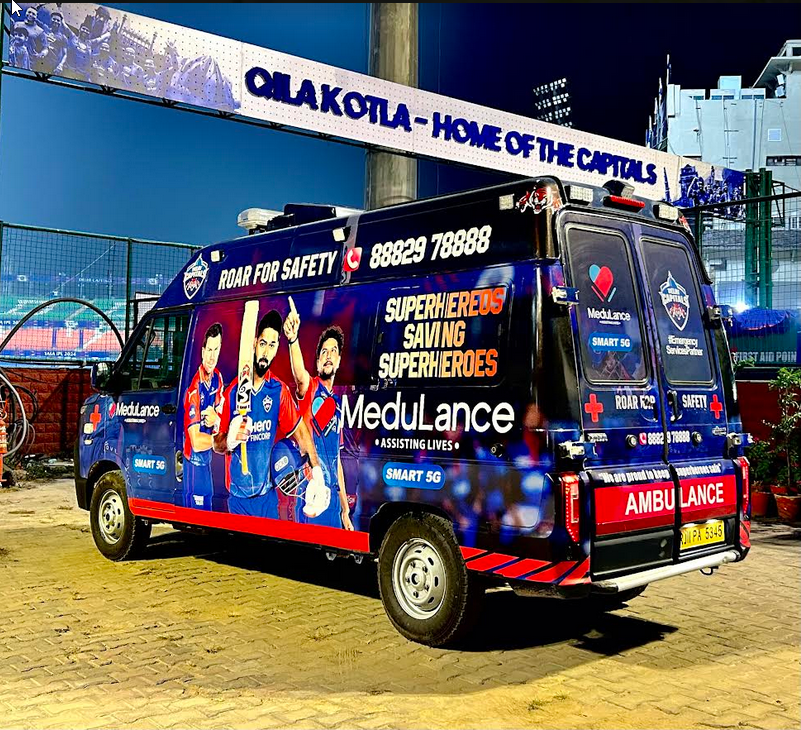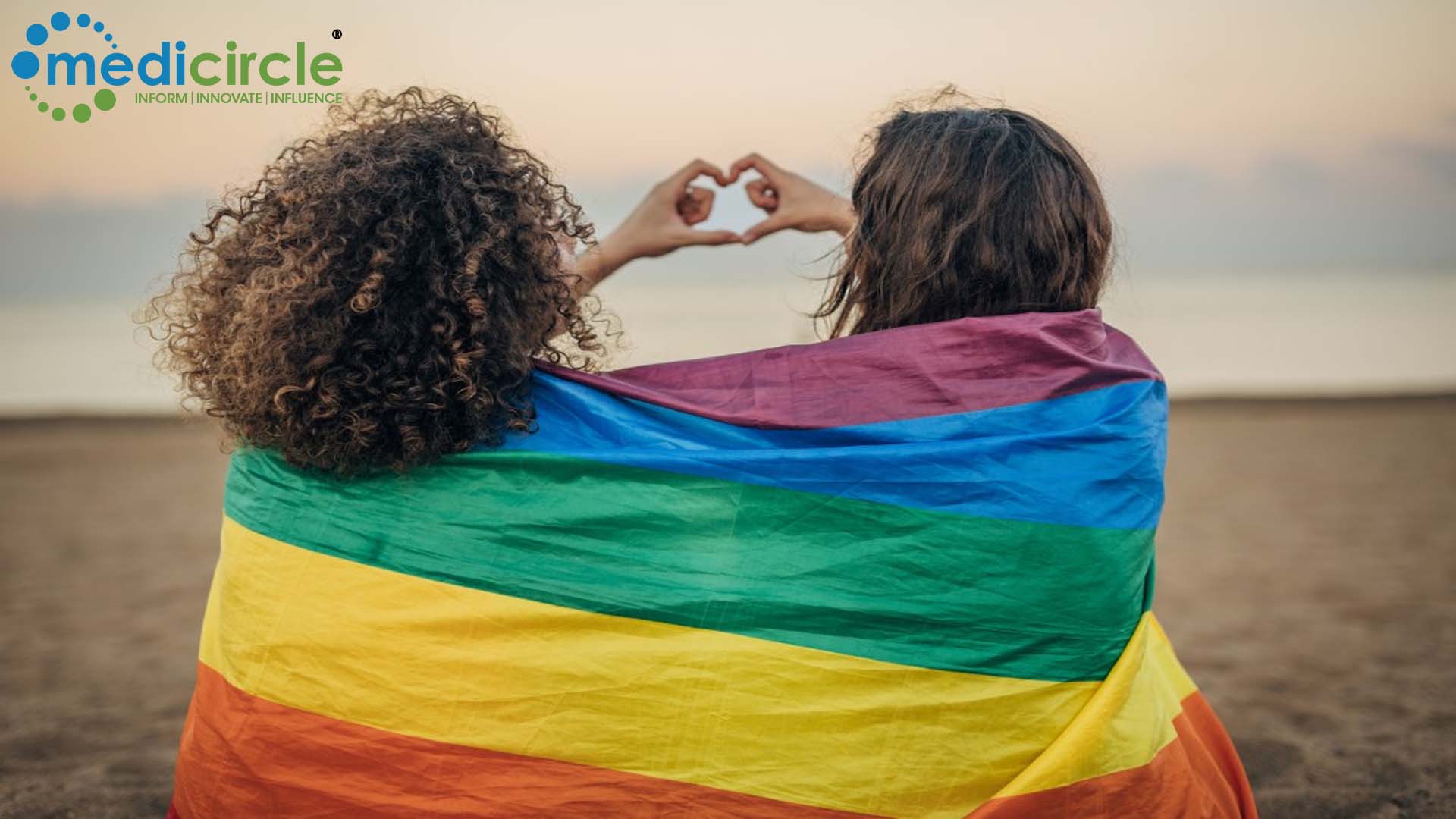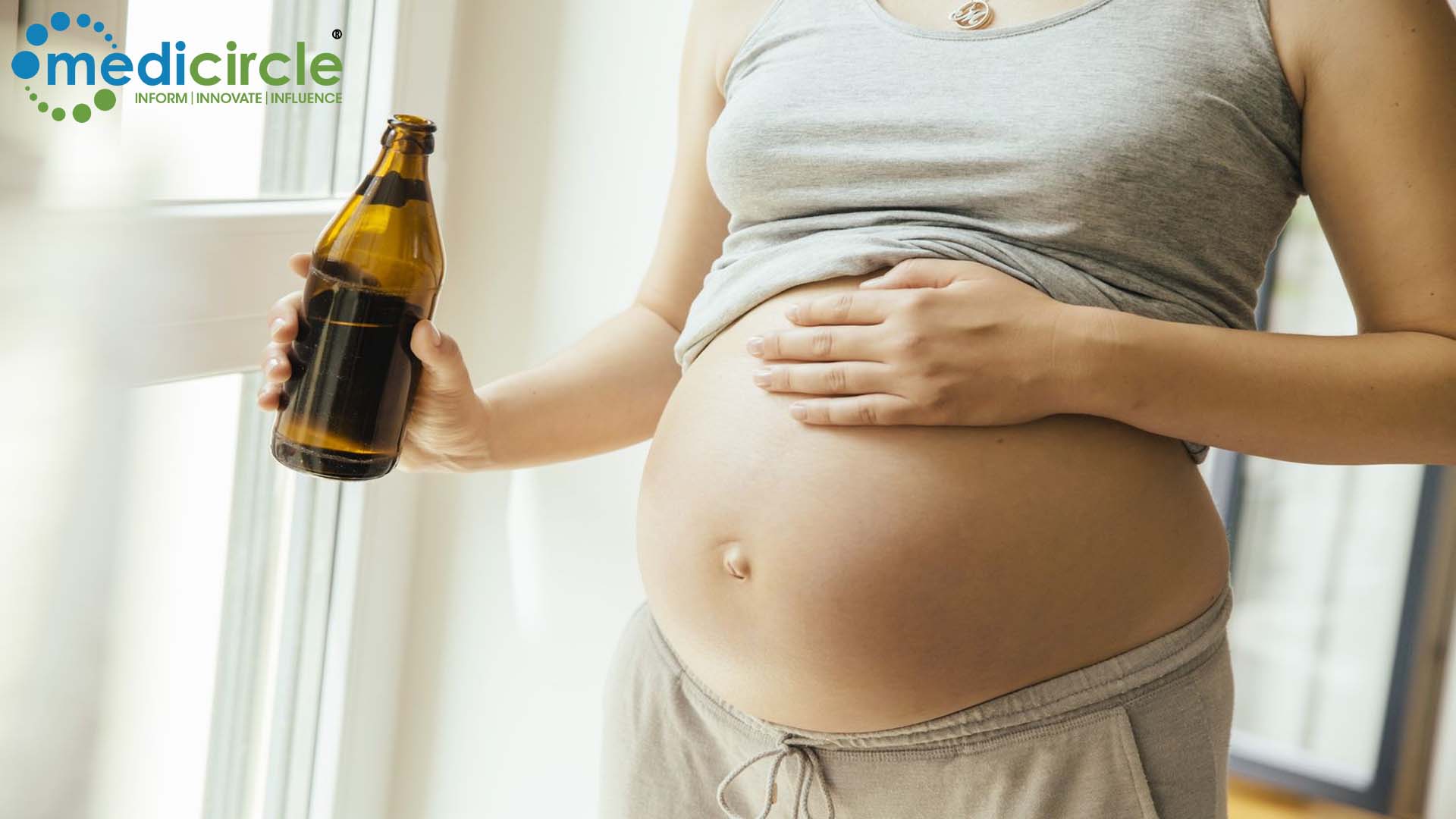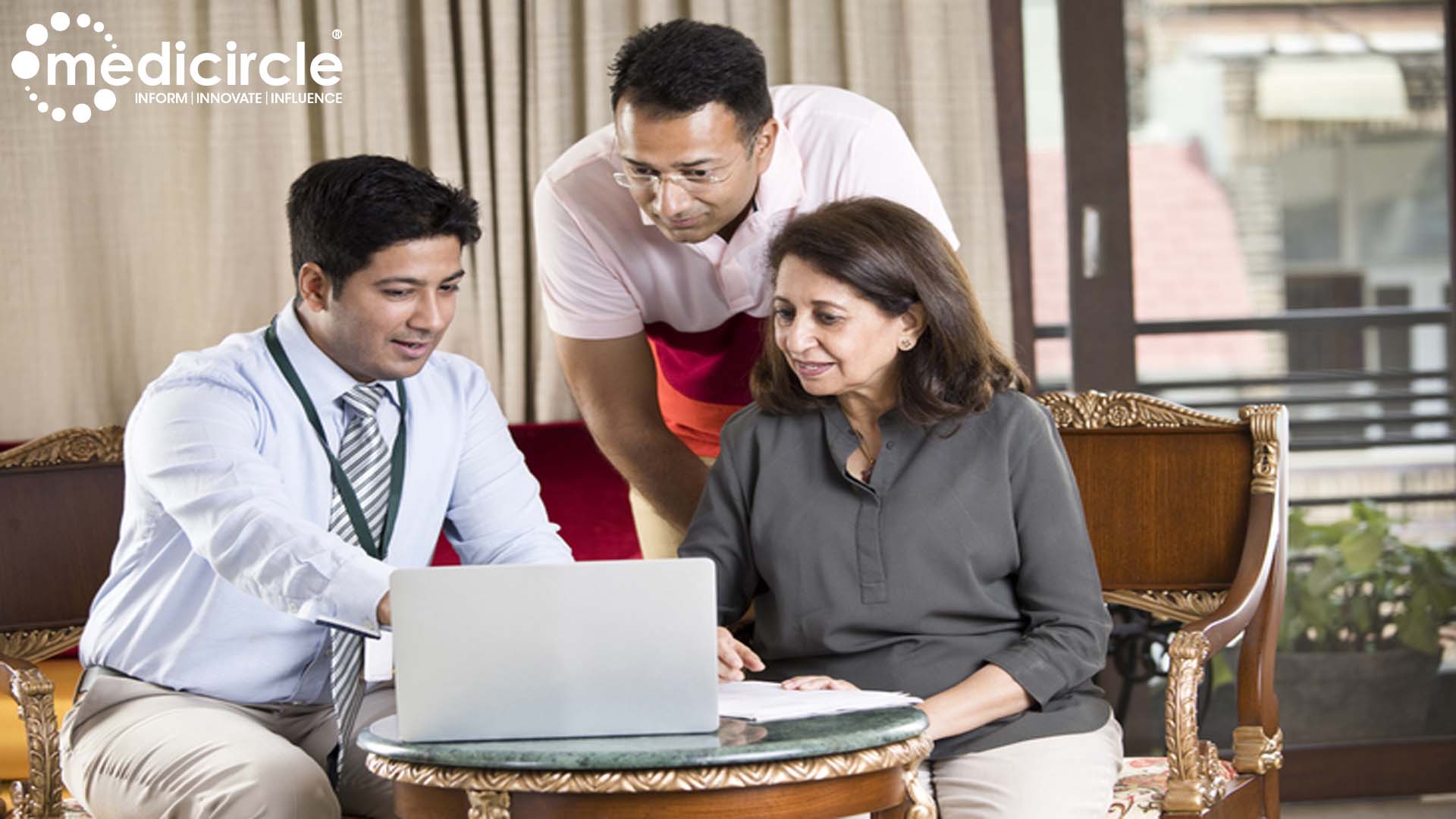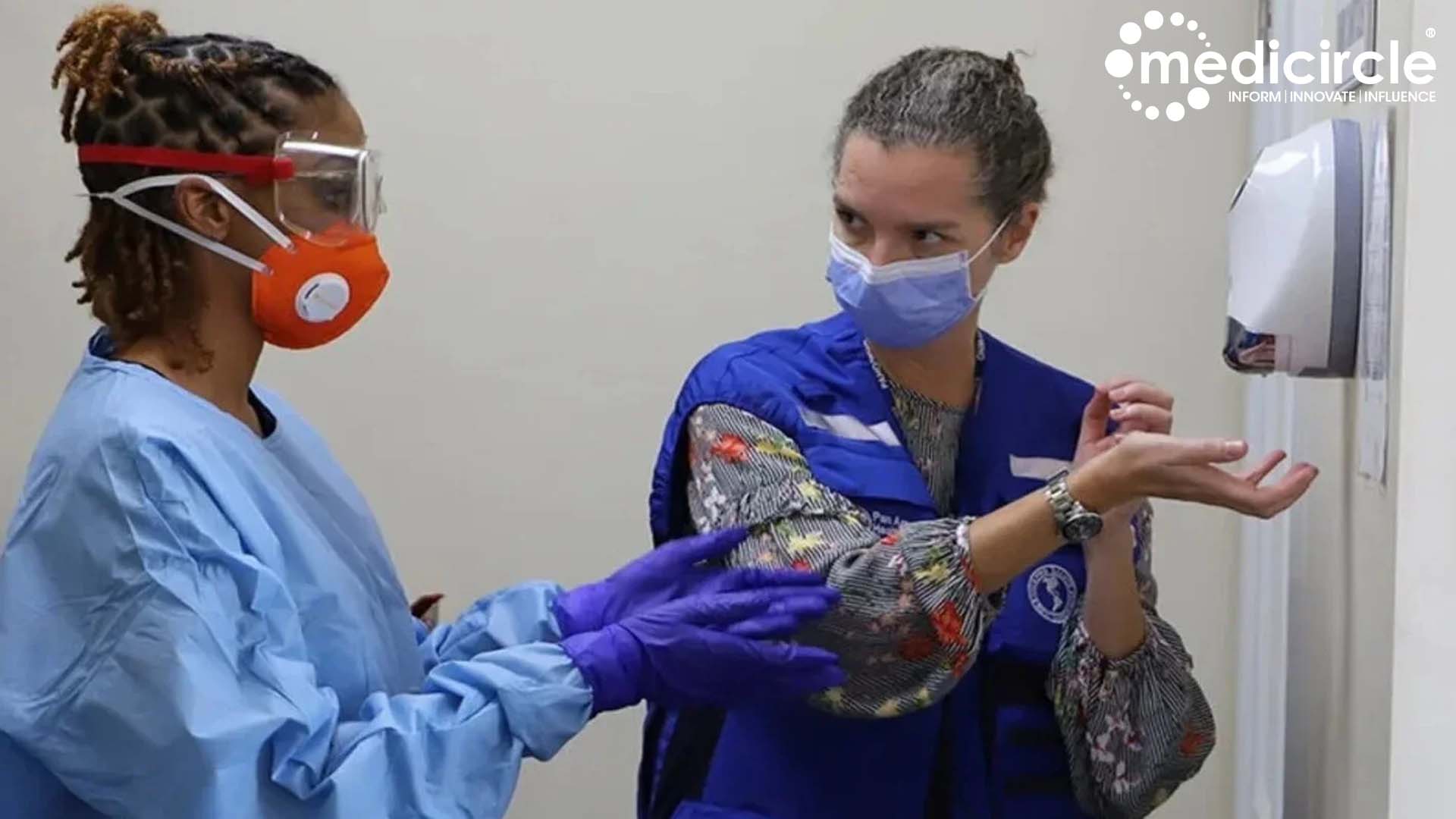The WHO Regional Director for the Eastern Mediterranean, Dr. Ahmed Al-Mandhari, has released a statement on the status of the pandemic in the regions. He warns that cases in the regions have increased during the past three weeks and there is the risk cases will continue to increase as many countries ease restrictions. He reiterated that every country’s best defense against COVID-19 is to find, isolate, test, and care for every case and to trace and quarantine every contact.
Somalia is expanding its Early Warning, Alert and Response Network (EWARN) across the country to facilitate early detection of suspected cases of COVID-19. WHO will be supporting the roll-out of the EWARN system to an additional 230 health centres beyond the current 533 reporting sites, with COVID-19 now being a reportable health condition in Somalia.
In today’s ‘Subject in Focus’ below, we present interim guidance on the use of masks in the context of COVID-19.
Situation in numbers (by WHO Region)
Total (new cases in last 24 hours)
Globally 7 273 958 cases (128 419) 413 372 deaths (5 347)
Africa 150 102 cases (4 815) 3 593 deaths (100)
Americas 3 485 245 cases (70 071) 189 544 deaths (3 681)
Eastern Mediterranean 696 841 cases (19 503) 15 581 deaths (335)
Europe 2 339 145 cases (17 998) 186 326 deaths (789)
South-East Asia 407 414 cases (14 740) 11 171 deaths (430)
Western Pacific 194 470 cases (1 292) 7 144 deaths (12)
Subject in Focus: Advice on the use of masks in the context of COVID-19 Interim guidance published 05 June 2020 WHO published updated guidance on the use of masks in the context of COVID-19 on 5 June 2020, replacing the previous guidance originally published on 6 April 2020.WHO continues to advise that masks be used as part of a comprehensive package of prevention and control measures to limit the spread of COVID-19. WHO reiterates that the use of a mask alone is insufficient to protect the user or others, and other community and personal protection measures should also be adopted to suppress the spread of COVID-19.
Within the updated guidance, WHO provides practical advice to decision-makers as to who needs to wear a mask, which type of mask should be used, and when it should be worn. It also incorporates new research findings since the previous version. The updated guidance reinforces the use of a risk-based approach to understanding the situation for each country, and how masks can be used as part of a comprehensive package of measures to limit the spread of
the virus.
Here is a snapshot of what’s included in the updated guidance:
Advice for use of masks in health settings (including long-term care and residential facilities)
In care settings where health workers provide direct care to COVID-19 patients
WHO continues to recommend the use of a medical mask in addition to other personal protective equipment (PPE) that are part of droplet/contact precautions (gown, gloves, eye protection)
In the absence of aerosol-generating procedures (AGP’s). In care settings for COVID-19 patients where AGPs are performed, health workers should wear a fit-tested respirator, as part of airborne precautions.
For areas with community transmission of COVID-19, WHO provides new guidance for the targeted continuous use of medical masks for health workers, including caregivers, working in clinical areas. This means that health workers should wear a medical mask during their routine activities throughout the entire shift, apart from when eating and drinking and changing their medical mask after caring for a patient who requires droplet/contact precautions for other
reasons.
The use of non-medical masks (fabric masks) is not considered appropriate protection for health workers. In the context of a severe medical mask shortage, face shields may be considered as an alternative. Community health workers should wear a medical mask when providing routine services in areas of community transmission in addition to adhering to
standard precautions, including physical distancing measures and hand hygiene.
Advice for the general public
WHO continues to recommend that a person with symptoms suggestive of COVID-19, even if symptoms are mild, should wear a medical mask (and seek medical attention). In areas where COVID-19 is widespread, WHO advises governments to encourage the use of medical masks among vulnerable populations: people aged 60 years and older, and those with underlying comorbidities.
While many countries are recommending the use of non-medical masks (fabric masks) for thegeneral public, this is not yet supported by high quality or direct scientific evidence and there are potential benefits and harms to consider. WHO has taken into consideration the available studies evaluating the potential for pre-symptomatic and asymptomatic transmission, individual values and preferences, as well as the difficulty in implementing many public health and social measures, including maintaining physical distancing of at least 1 metre in many contexts, and has updated our guidance.
WHO advises governments to encourage the use of fabric masks for the general public in areas of widespread transmission in settings where 1m physical distance cannot be maintained, and as part of a comprehensive approach to reduce
transmission.WHO continues to support and advise decision-makers on how to apply a risk-based approach when considering the use of masks for the general public.
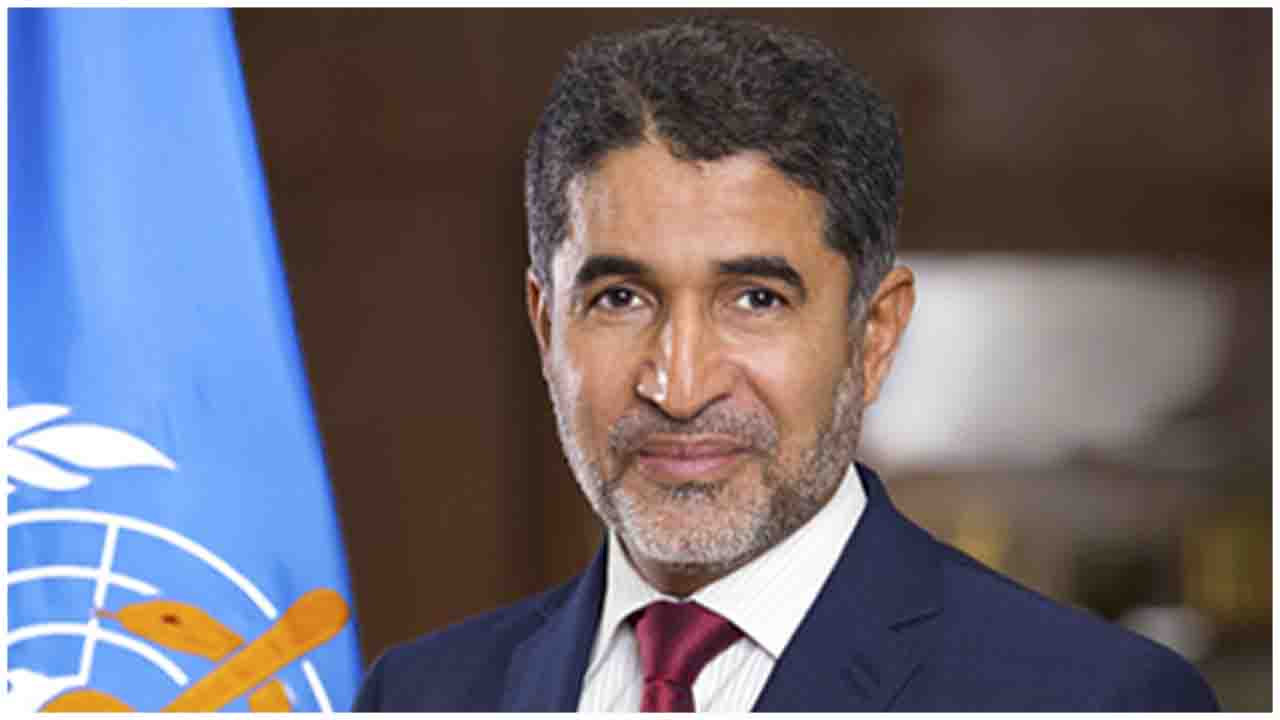
 Latest global pandemic updates from WHO and guidance to handle the infections
Latest global pandemic updates from WHO and guidance to handle the infections 


















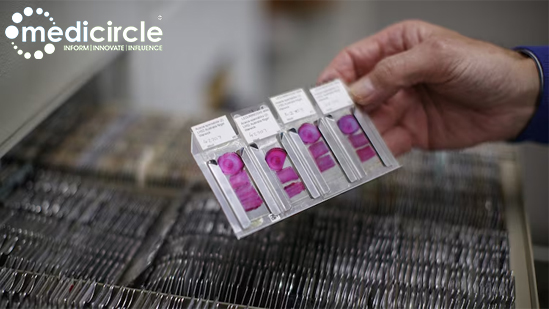
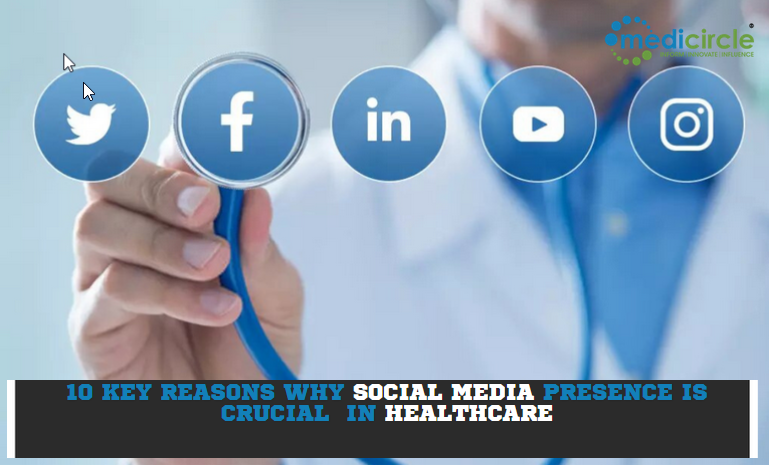
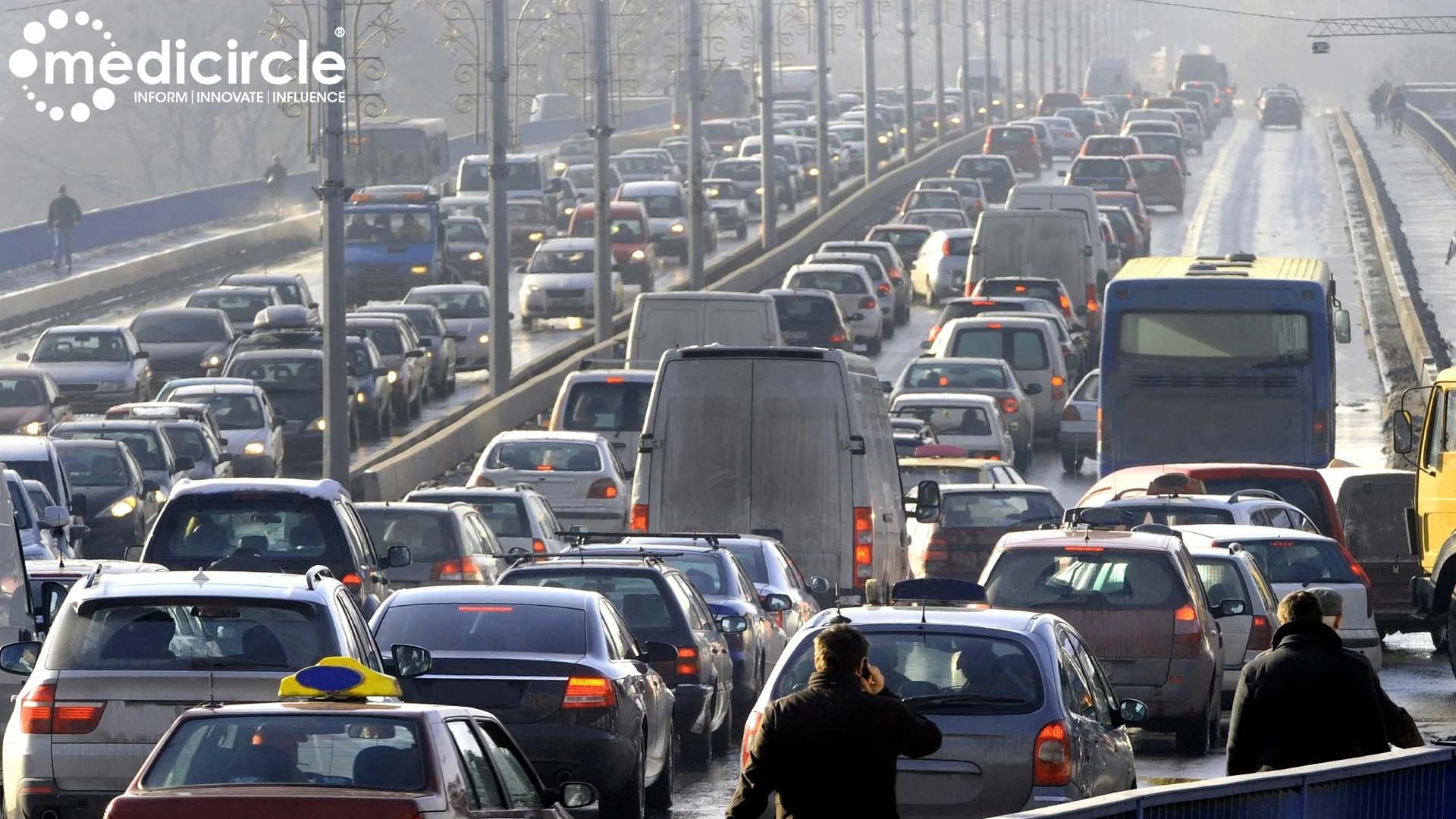
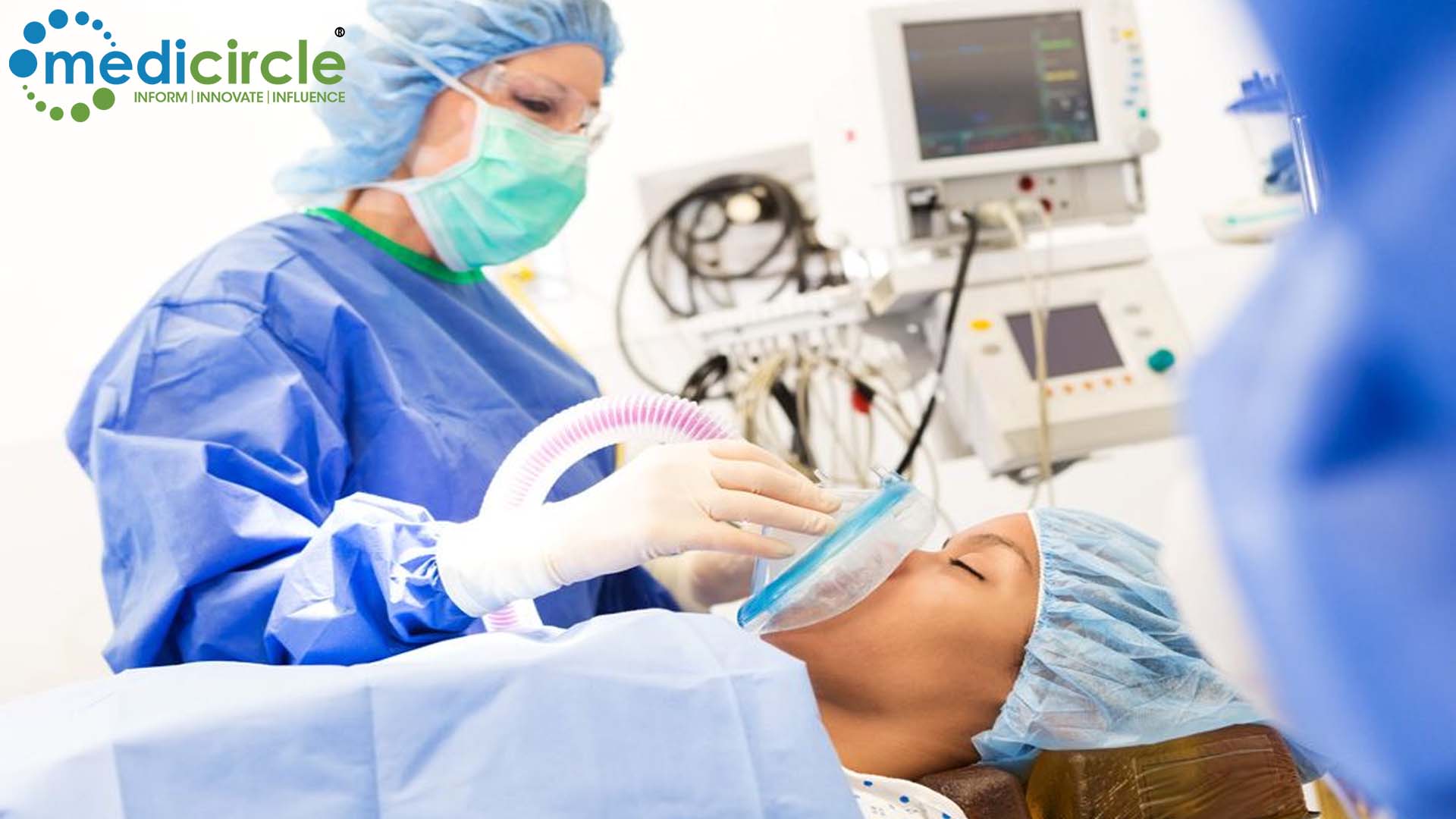
.jpeg)
